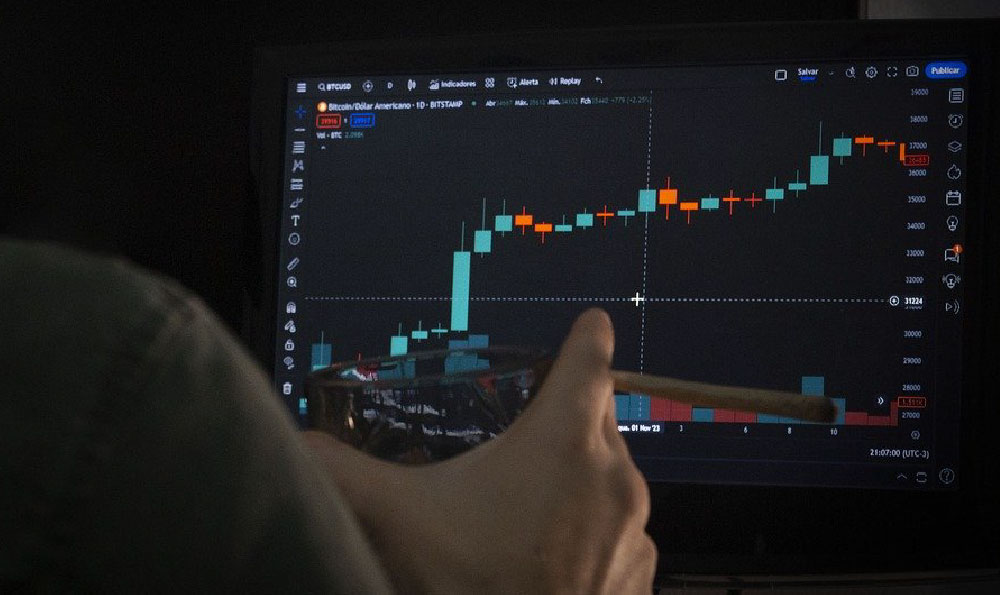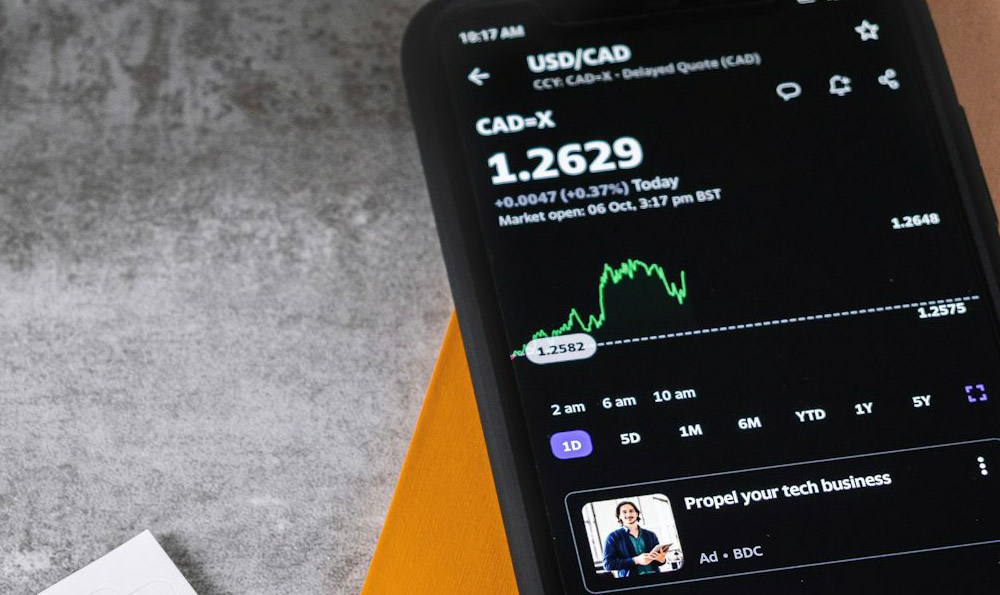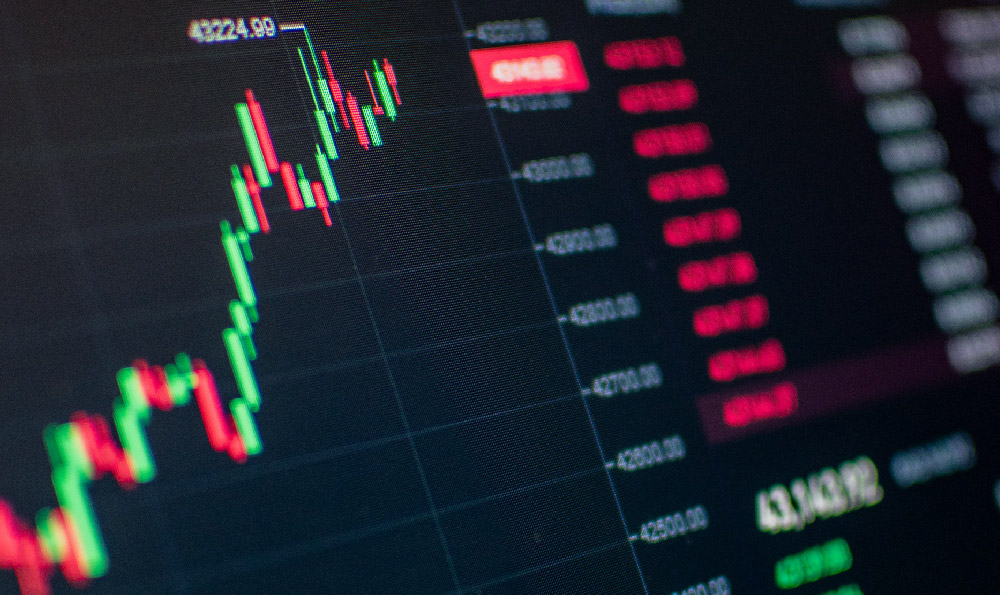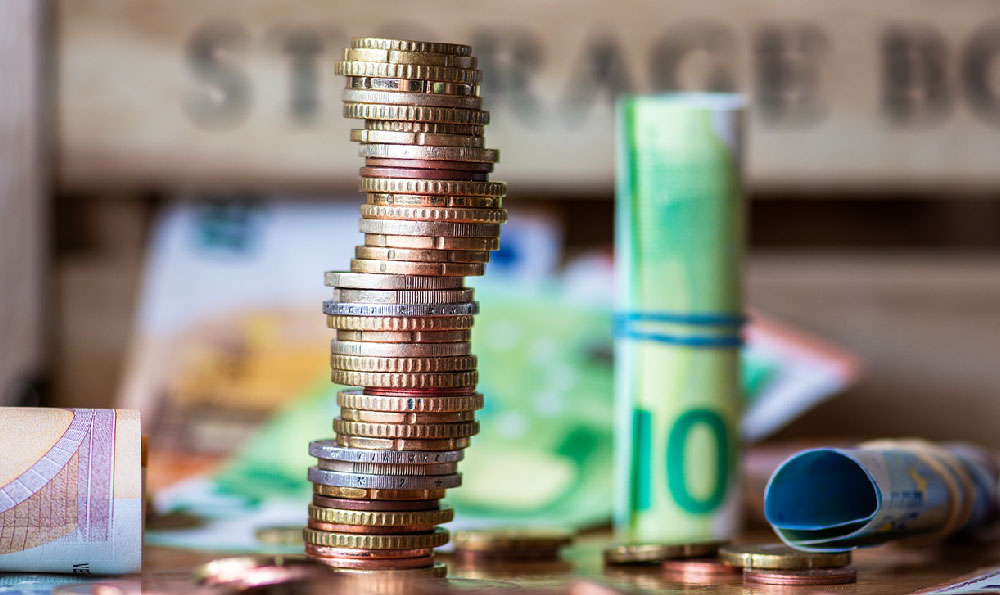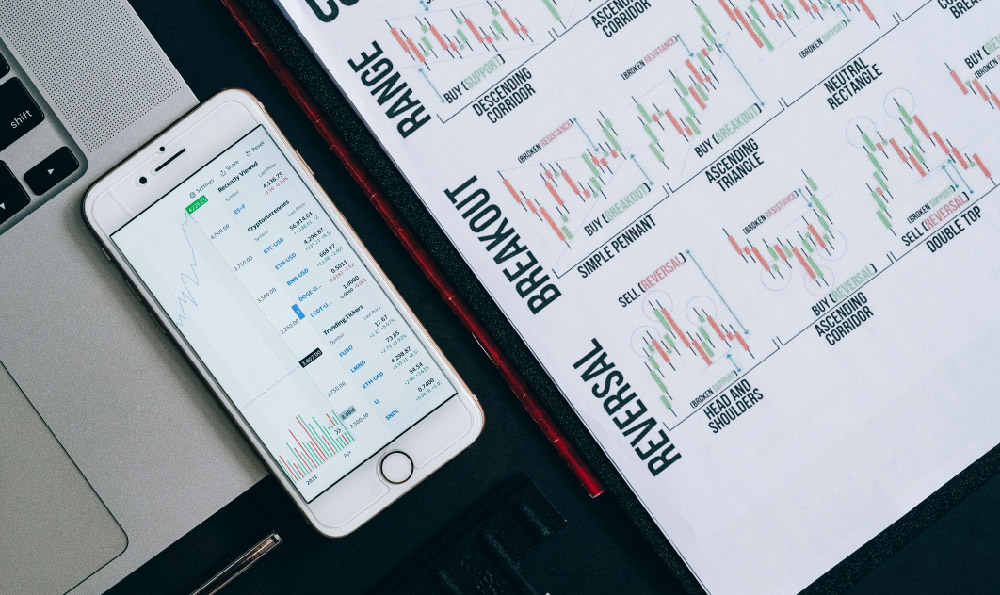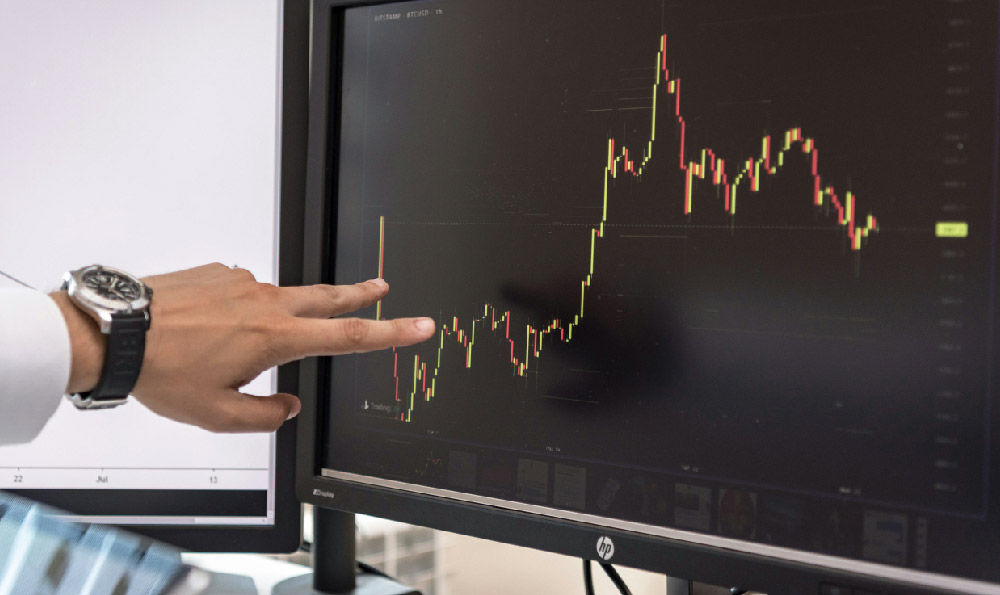Does DoorDash Profit? Can It Survive?

DoorDash, the ubiquitous food delivery app that has become a staple in modern life, faces a persistent question that echoes louder with each earnings report: can it actually turn a consistent profit and, more importantly, is its current business model sustainable for long-term survival? The company's journey from a Silicon Valley startup to a publicly traded giant has been marked by impressive growth, but also by a struggle to achieve profitability amid intense competition and rising operational costs.
Analyzing DoorDash's profitability requires a nuanced understanding of its revenue streams and cost structure. The company primarily generates revenue through commissions charged to restaurants for each order, fees charged to customers for delivery, and advertising revenue from featured placements within the app. While revenue has consistently increased, the costs associated with fulfilling those orders, particularly driver compensation (Dasher pay), marketing expenses, and technology development, have often outpaced that growth.
The core challenge lies in the inherent complexities of the food delivery business. Maintaining a vast network of independent contractor drivers necessitates a constant balancing act. On one hand, DoorDash needs to attract and retain drivers by offering competitive pay and incentives, ensuring a sufficient supply to meet demand. On the other hand, excessively high driver costs erode profit margins. Finding the sweet spot that incentivizes drivers without crippling profitability is a perpetual challenge.
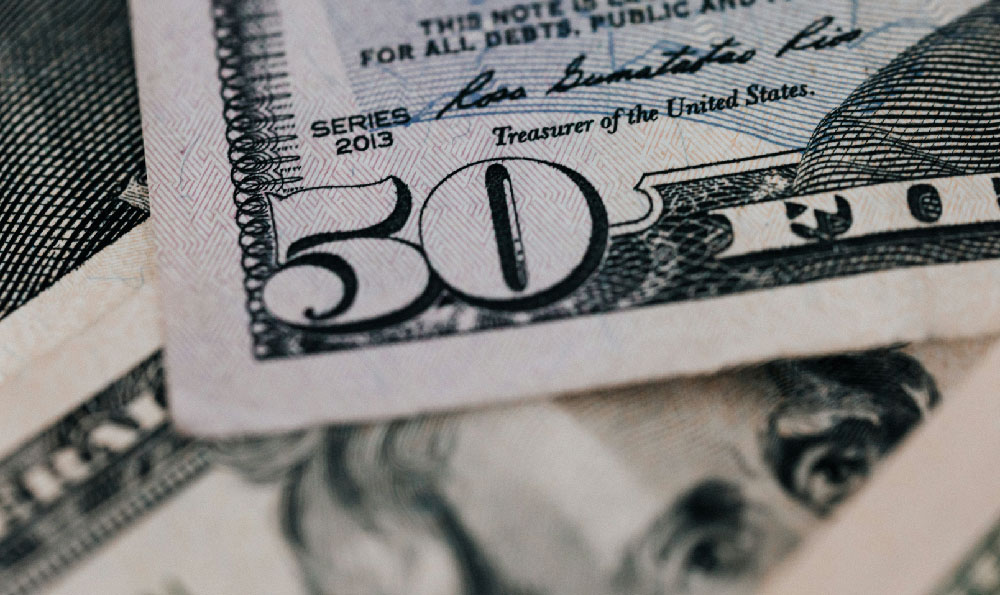
Furthermore, marketing expenses play a significant role. The food delivery market is fiercely competitive, with players like Uber Eats, Grubhub, and numerous regional competitors vying for market share. DoorDash spends heavily on advertising and promotions to attract new customers and retain existing ones. While these efforts drive revenue growth, they also contribute significantly to the company's overall expenses.
Technology development is another significant cost driver. DoorDash invests heavily in improving its platform, optimizing delivery routes, and enhancing the user experience. These investments are crucial for staying ahead of the competition and maintaining a technological edge, but they also require substantial capital expenditure.
The path to profitability isn't solely about cutting costs. DoorDash has been actively exploring various strategies to increase revenue and improve efficiency. One key area of focus is expanding its service offerings beyond restaurant delivery. The company has ventured into delivering groceries, convenience store items, and even alcohol, aiming to broaden its customer base and increase order frequency. This diversification strategy has the potential to unlock new revenue streams and enhance the overall value proposition of the DoorDash platform.
Another strategy is the development of subscription services, such as DashPass, which offers customers free delivery and other perks for a monthly fee. These subscription models provide a recurring revenue stream and foster customer loyalty, contributing to more predictable and sustainable earnings.
Furthermore, DoorDash has been experimenting with different pricing models and delivery options to optimize revenue and reduce costs. For example, they have introduced options for customers to pick up orders themselves, eliminating the need for a driver and reducing delivery costs. They also use dynamic pricing algorithms to adjust delivery fees based on demand and driver availability.
The question of long-term survival hinges on DoorDash's ability to navigate the evolving landscape of the food delivery industry. The industry is characterized by intense competition, fluctuating consumer demand, and regulatory uncertainty. Increasing pressure from regulators regarding the classification of drivers as independent contractors versus employees presents a significant risk. If drivers are reclassified as employees, DoorDash would face significantly higher labor costs, including minimum wage requirements, benefits, and payroll taxes, potentially jeopardizing its profitability.
Beyond regulatory challenges, shifting consumer preferences and macroeconomic factors also play a role. A recessionary environment could lead to a decrease in discretionary spending, impacting demand for food delivery services. The rise of new technologies, such as drone delivery, could disrupt the industry and require DoorDash to adapt its business model.
Despite the challenges, DoorDash possesses several strengths that position it for long-term survival. Its extensive network of restaurants and drivers provides a significant competitive advantage. The company has built a strong brand recognition and enjoys high customer loyalty. Moreover, its commitment to innovation and its willingness to experiment with new business models suggest a proactive approach to adapting to the changing market dynamics.
Ultimately, DoorDash's future depends on its ability to achieve a delicate balance between growth and profitability. Continued expansion into new markets and service offerings is essential for driving revenue growth, but it must be accompanied by disciplined cost management and strategic investments in technology and infrastructure. Overcoming the profitability hurdle requires a multi-faceted approach that addresses both revenue enhancement and cost optimization. While the path to sustainable profitability remains uncertain, DoorDash's market leadership, its focus on innovation, and its commitment to customer satisfaction provide a solid foundation for long-term success. The company needs to demonstrate a clear pathway to sustained profitability to reassure investors and secure its position as a dominant player in the increasingly competitive and evolving world of food delivery. Only time will tell if DoorDash can truly deliver on its promise of profitability and long-term survival.

